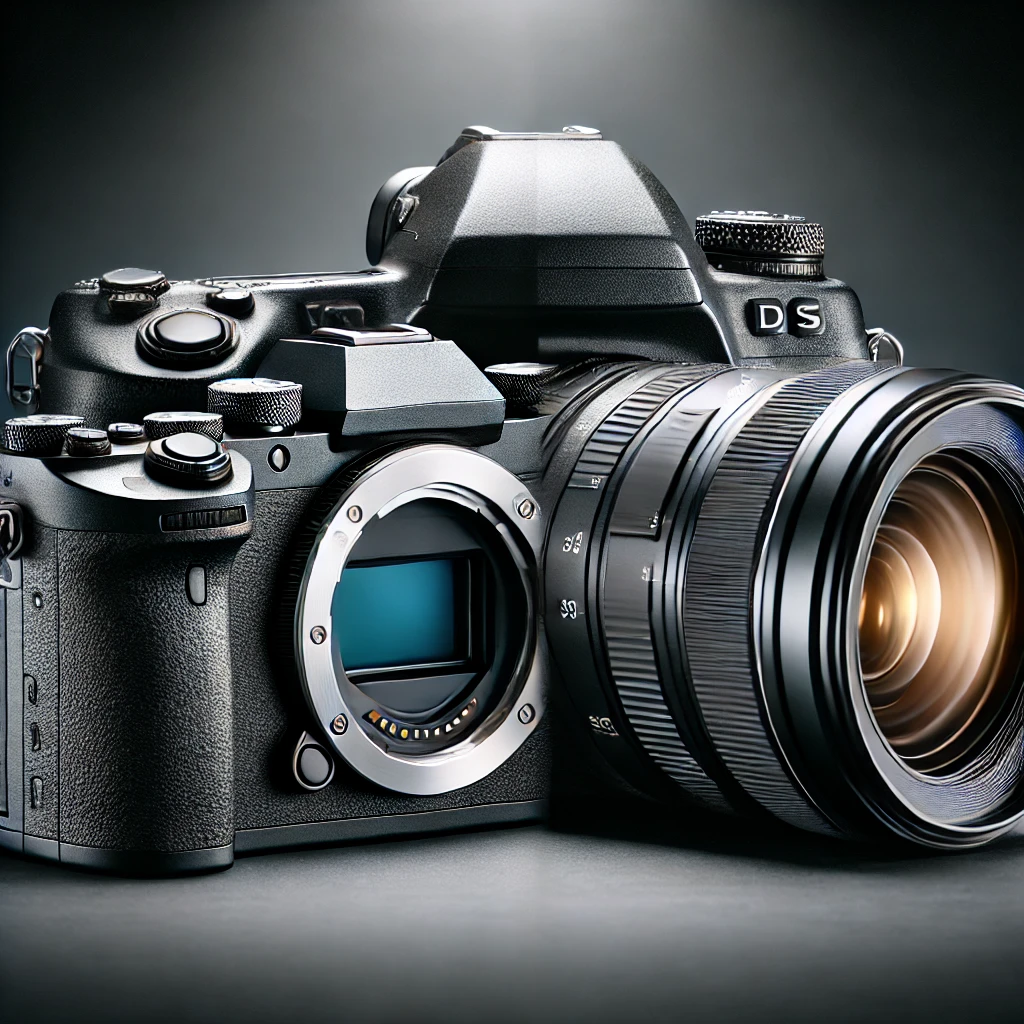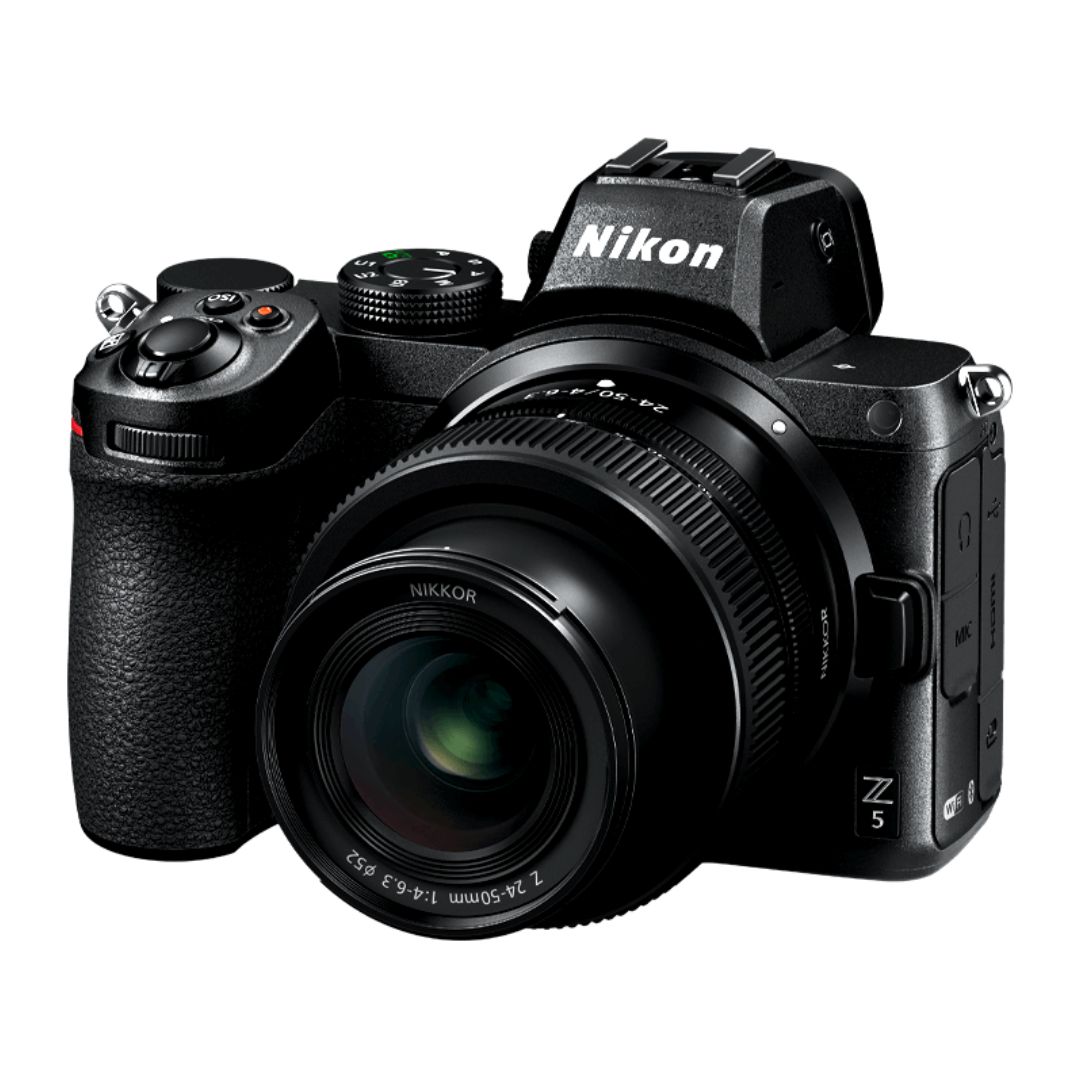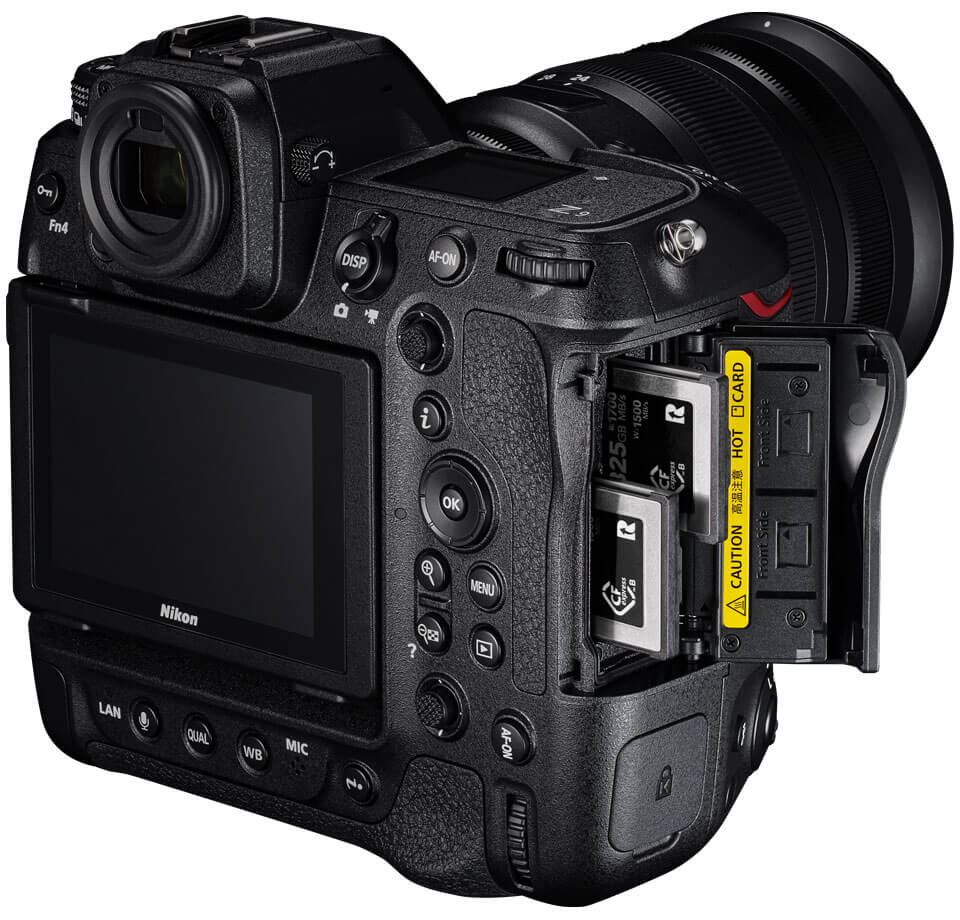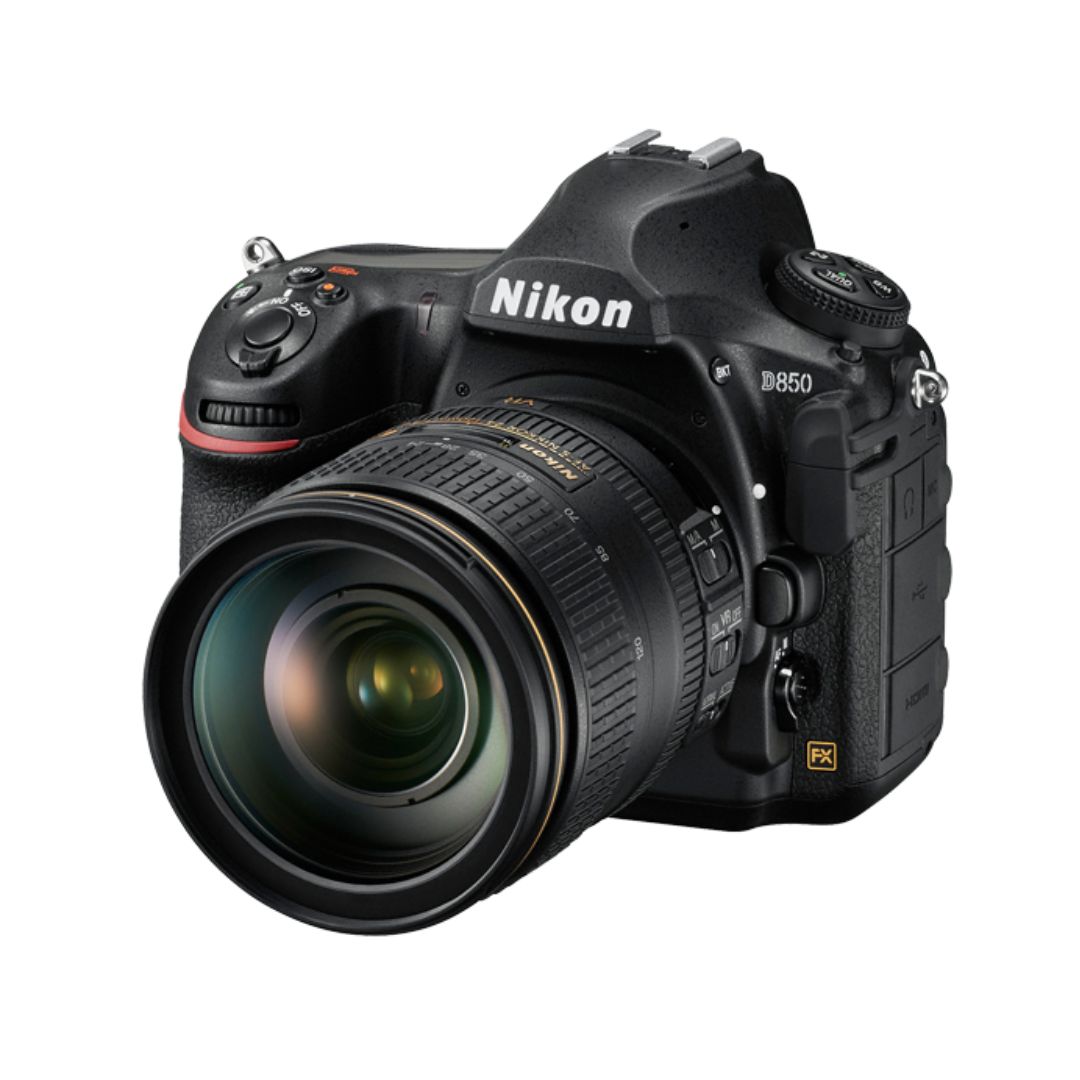Choosing between a mirrorless vs. DSLR camera can be challenging, especially with rapid advancements in photography technology. Both camera types offer unique features and benefits, making it crucial to understand their differences before making a purchase. Whether you’re a beginner, an enthusiast, or a professional, this guide will help you determine which camera suits your needs best.
Understanding the Basics: Mirrorless vs. DSLR
Before diving into comparisons, let’s define the core differences between mirrorless cameras and DSLRs (Digital Single-Lens Reflex cameras).
What is a DSLR Camera?
A DSLR camera uses a mirror mechanism to reflect light from the lens to an optical viewfinder. When you press the shutter button, the mirror flips up, allowing light to reach the image sensor and capture the photo.
What is a Mirrorless Camera?
A mirrorless camera lacks the mirror mechanism and optical viewfinder found in DSLRs. Instead, it uses an electronic viewfinder (EVF) or an LCD screen to display a digital preview of the image.
Key Differences: Mirrorless vs. DSLR
To make an informed decision, let’s break down the essential factors differentiating mirrorless and DSLR cameras.
1. Size & Weight
- Mirrorless: Compact and lightweight due to the absence of a mirror and optical viewfinder.
- DSLR: Bulkier and heavier, especially when considering larger lenses and accessories.
2. Autofocus Performance
- Mirrorless: Uses contrast-detection and phase-detection autofocus, often resulting in faster and more accurate focusing, particularly for video and continuous shooting.
- DSLR: Traditionally relied on phase-detection autofocus through the optical viewfinder, which is excellent for still photography but can be slower in live view mode.
3. Image Quality
Both mirrorless and DSLR cameras can produce high-quality images, but factors such as sensor size and lens quality play a significant role.
- Full-frame mirrorless cameras offer the same image quality as full-frame DSLRs.
- APS-C mirrorless cameras may offer similar or superior image quality to their DSLR counterparts due to newer sensor technology.

4. Lens & Accessories Availability
- Mirrorless: Growing selection of lenses, though some brands may have limited native lens choices. However, lens adapters allow the use of DSLR lenses.
- DSLR: A vast selection of lenses from various manufacturers, including third-party brands, making it easier to find the perfect lens.
5. Battery Life
- Mirrorless: Generally shorter battery life due to electronic viewfinders and LCD screens always being active.
- DSLR: Longer battery life as the optical viewfinder consumes less power.
6. Viewfinder Experience
- Mirrorless: Electronic Viewfinder (EVF) displays a digital preview of the image, showing real-time exposure and white balance adjustments.
- DSLR: Optical Viewfinder (OVF) offers a natural, lag-free view of the scene.
7. Video Capabilities
- Mirrorless: Superior video performance with features like 4K/8K recording, faster autofocus, and in-body stabilization.
- DSLR: Still capable but often lacks advanced video-centric features found in mirrorless models.
8. Durability & Weather Sealing
- Mirrorless: Many high-end mirrorless models offer weather-sealing, but durability can vary by brand.
- DSLR: Typically built tougher with better weather resistance, especially in professional models.
Pros and Cons of Mirrorless and DSLR
Mirrorless Pros:
✔️ Lightweight and portable
✔️ Advanced autofocus with eye detection
✔️ Silent shooting mode
✔️ Electronic viewfinder previews exposure in real time
✔️ Faster shooting speeds
Mirrorless Cons:
❌ Shorter battery life
❌ Limited lens selection (but improving)
❌ More expensive models for professional use
DSLR Pros:
✔️ Optical viewfinder for a natural shooting experience
✔️ Better battery life
✔️ More lens choices, especially for professionals
✔️ Stronger build quality and weather sealing
DSLR Cons:
❌ Bulkier and heavier
❌ Slower autofocus in some models
❌ Mechanical shutter limits burst speed
Who Should Choose a Mirrorless Camera?
- Travel and street photographers who need a lightweight setup.
- Videographers looking for superior video capabilities.
- Beginners who want real-time exposure previews.
Who Should Choose a DSLR Camera?
- Professional photographers who rely on battery life.
- Wildlife and sports photographers using long lenses.
- Those who prefer an optical viewfinder experience.
Future of Photography: Is Mirrorless Replacing DSLR?
The industry is shifting toward mirrorless technology. Major manufacturers like Canon, Sony, and Nikon are focusing on mirrorless innovations. While DSLRs are still reliable, mirrorless advancements in autofocus, video, and portability make them the future of photography.
Who Should Choose a DSLR?
A DSLR may be the right choice if:
- You prefer an optical viewfinder over a digital screen.
- You require longer battery life for extended shooting sessions.
- You want access to an extensive range of lenses without adapters.
- You shoot primarily stills rather than videos.
Who Should Choose a Mirrorless Camera?
A mirrorless camera is ideal if:
- You want a lightweight and compact system.
- You focus on video production and need features like 4K/8K recording, fast autofocus, and stabilization.
- You prefer an electronic viewfinder for real-time exposure and color previews.
- You want cutting-edge autofocus technology.
Best Mirrorless and DSLR Cameras in 2025
Top Mirrorless Cameras
- Sony A7 IV – Best full-frame mirrorless camera for professionals.
- Canon EOS R5 – High-resolution mirrorless with excellent autofocus.
- Nikon Z9 – Best flagship mirrorless camera for sports and wildlife.
- Fujifilm X-T5 – Best APS-C mirrorless for enthusiasts.
- Panasonic Lumix GH6 – Best for video professionals.
Top DSLR Cameras
- Canon EOS-1D X Mark III – Best professional DSLR.
- Nikon D850 – A powerhouse for high-resolution photography.
- Canon EOS 90D – Best mid-range DSLR.
- Pentax K-1 Mark II – Best DSLR for landscape photography.
- Nikon D7500 – Budget-friendly DSLR with strong performance.
Conclusion: Which One Should You Choose?
The choice between a mirrorless vs. DSLR camera depends on your specific needs. If you prioritize compact size, fast autofocus, and cutting-edge features, a mirrorless camera is the way to go. If you prefer a traditional optical viewfinder, long battery life, and an extensive lens ecosystem, a DSLR remains a fantastic option.
Whatever you choose, both camera types offer powerful tools for capturing stunning images. The best camera is the one that fits your style and enhances your creativity.
FAQs About Mirrorless vs. DSLR
1. Are mirrorless cameras better than DSLRs?
Mirrorless cameras offer advantages like lighter bodies, superior video features, and advanced autofocus, while DSLRs excel in battery life, durability, and optical viewfinder experience. The best choice depends on your photography needs.
2. Is DSLR becoming obsolete?
While DSLRs are being phased out by some brands, they still have a dedicated user base and remain relevant for photographers who prefer an optical viewfinder and an extensive lens selection.
3. Which is better for beginners: Mirrorless or DSLR?
Beginners may find mirrorless cameras easier to use due to real-time exposure previews and lighter designs, while DSLRs offer better battery life and often come at a lower cost.
4. Which is more expensive: Mirrorless or DSLR?
Mirrorless cameras tend to be more expensive, but prices have been dropping. DSLRs often provide better value for those on a budget.
5. Should I switch from DSLR to mirrorless?
If you shoot a lot of video, travel frequently, or need fast autofocus, switching to mirrorless is beneficial. If you love the optical viewfinder and long battery life, keeping a DSLR is still a great option.
This guide should help you decide whether a mirrorless or DSLR camera is the best fit for your needs. Both have strengths and weaknesses, and the right choice depends on your photography style, budget, and preferences.
Book your cameras now with The Candid Shoot and create timeless memories today!

Sony Alpha a7 IV: The Ultimate Camera for Photography

Nikon Z5 Review: Is It Worth It?
-

Nikon Z9 : Game-Changer for Photography
-

Top Features of Nikon D850 That Make It Ideal for Portfolio Shoots
Sony Alpha a7 IV: The Ultimate Camera for Photography
Explore the Sony Alpha a7 IV in this complete 2025 review. Learn how its pro-level features, real-world performance, and hybrid flexibility make it the ultimate camera for photography across genres like portraits, weddings, travel, and commercial work. Table of Contents Section 1: Introduction – Why the Sony Alpha a7 IV Stands Out The Sony Alpha…
Nikon Z5 Review: Is It Worth It?
In 2025, photographers—whether hobbyists, content creators, or professionals—seek equipment that blends value, performance, and future-readiness. Enter the Nikon Z5, a full-frame mirrorless camera marketed as a gateway to high-end imaging without a flagship price tag. But how well does it hold up under real-world demands like studio shoots, weddings, landscape adventures, and lifestyle photography? In…
Nikon Z9 : Game-Changer for Photography
Discover why the Nikon Z9 is considered a true game-changer for photography. This in-depth Nikon Z9 review explores key features, real-world performance, and how it excels in professional photo shoots in 2025. Table of Contents 1. Introduction The photography world witnessed a significant shift with the launch of the Nikon Z9, a flagship mirrorless camera…
Top Features of Nikon D850 That Make It Ideal for Portfolio Shoots
Discover why the Nikon D850 is the ultimate DSLR for portfolio shoots. Explore its top features—from resolution and dynamic range to autofocus precision and workflow speed—that help photographers create stunning, high-impact images for professional portfolios. Whether you’re a portrait artist, fashion photographer, or visual storyteller, a portfolio shoot demands technical excellence, creative flexibility, and uncompromised…
Candid Moments with Canon EOS R10: Lightweight & Reliable
In the evolving world of mirrorless photography, the Canon EOS R10 stands out as a lightweight yet powerful camera tailored for real-life storytelling. Whether you’re photographing street scenes, family gatherings, weddings, or spontaneous portraits, capturing genuine emotion requires a responsive and discreet tool. This article dives deep into how the Canon EOS R10 excels in…
Bold Portraits with Canon EOS R5: Is It the Best for Work?
Studio photography has always demanded precision, artistry, and impeccable gear. As the expectations for commercial portraits, fashion campaigns, and editorial work continue to rise, the tools we use must evolve. Enter the Canon EOS R5, a camera that has stirred the professional waters with its impressive technical specs and forward-thinking design. In this comprehensive Canon…

